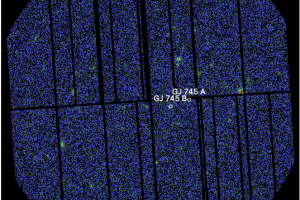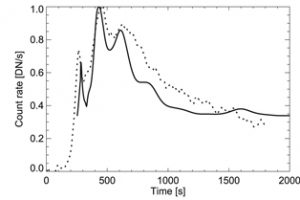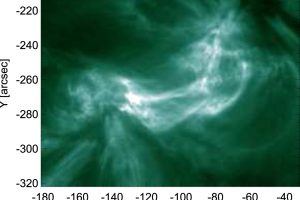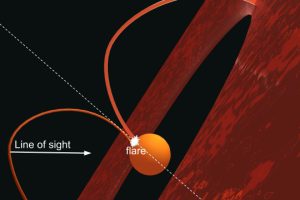Micro-flares and the problem of the coronal heating. The paper: “Coronal energy release by MHD avalanches. Effects on a structured, active region, multi-threaded coronal loop” of G. Cozzo (UNIPA) appeared on A&A
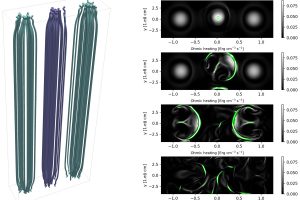
The corona is the outermost part of the Solar atmosphere, filled with plasma at temperatures reaching several million degrees. The mechanism responsible for heating the Solar plasma to these temperatures is a long-standing problem. It began in the 1930s when physicists Bengt Edlen and Walter Grotrian proposed that the mysterious spectroscopic lines observed in the corona were not due to
» Read more
